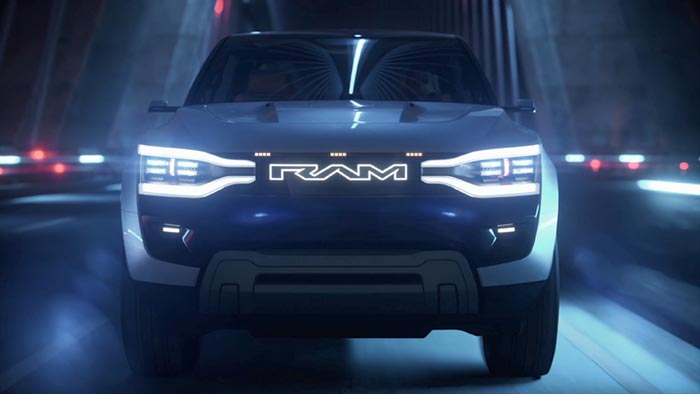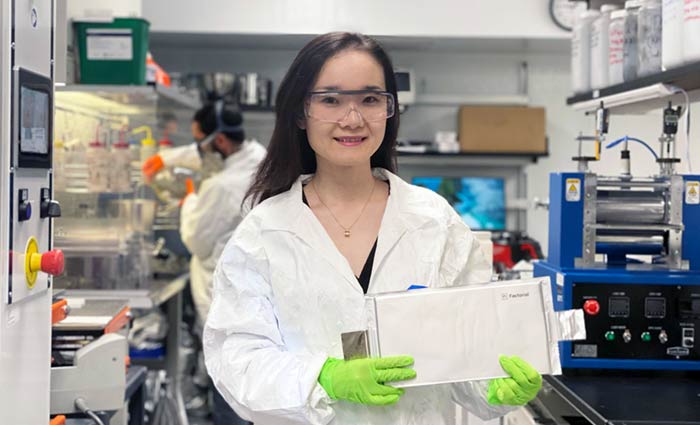In recent years, Stellantis has stated its goal of being a significant player in the global market for electric vehicle batteries. Through strategic partnerships and facility development, the company is trying to catapult itself to the forefront of the electric vehicle industry.

Stellantis was due to announce the location of another United States battery plant, but has not yet done so despite signing a memorandum of understanding with Samsung SDI in July. The second plant is to start production in 2027. (The first US plant was announced in May for Kokomo, Indiana, and will start up in 2025.)
Background of Stellantis Battery Production
Stellantis, formed in January 2021 as a result of the merger of Fiat Chrysler Automobiles (FCA) and Groupe PSA, includes Maserati, Citroën, Peugeot, DS, Chrysler, Dodge, Jeep, Ram, and Alfa Romeo. The company has committed to leveraging the benefits of high volume and global scale to meet the increasing demand for efficient and sustainable vehicles, including electric vehicles (EVs), which it sees as a major part of future sales.

Stellantis has taken a strategic approach to meet anticipated demands and challenges in the EV market. The company plans to achieve market leadership in low emission vehicles in Europe by 2030 and is therefore investing in electric vehicle components, including more than one battery technology (though not as many as global giant Toyota, which has a handful of different chemistry and technology projects in parallel—partly to make up for its late entry, and partly to avoid being beholden to suppliers).
Existing Facilities and Partnerships
Stellantis has already set out its European battery plant and one in Canada, near the Brampton assembly plant. It has teamed up with global equipment providers and raw material providers to support its battery production. A strategic partnership with Samsung SDI supplies most of its battery cells at the moment, while Stellantis and Total have announced a partnership to produce batteries in Europe.
Many were waiting for Stellantis to announce the location of another plant in the United States, but it’s possible the company is holding off for one of three reasons.
First, battery electric vehicle sales have not been increasing as quickly as expected, as new companies jumped into the market (notably Ford and Volkswagen).
Second, the existing battery module design may not be what Stellantis really needs, since it cannot be repaired on a modular level (as GM’s new Ultium batteries can). It’s also possible there have been snags in production levels or cost, but the first factor is the most likely one—a slower transition to electric cars.

Discover more from Stellpower - that Mopar news site
Subscribe to get the latest posts sent to your email.
